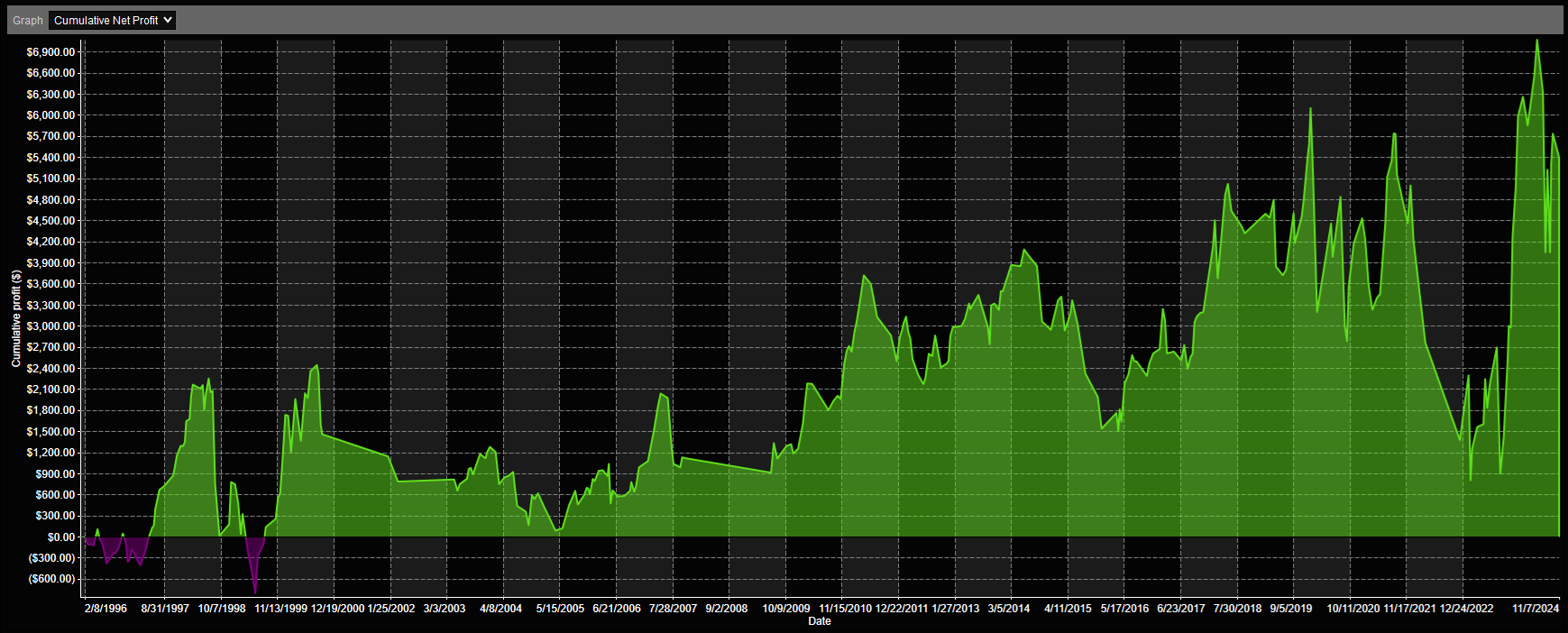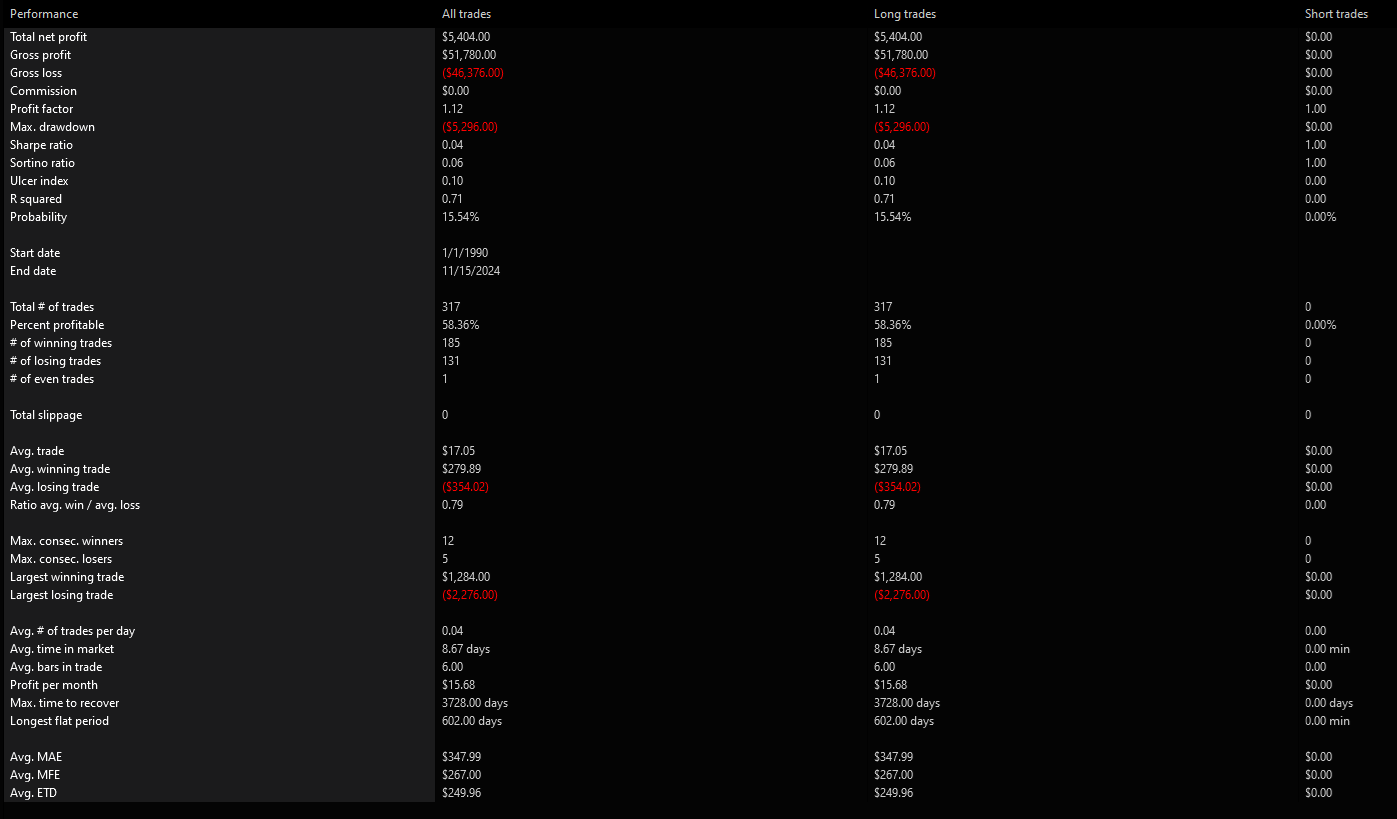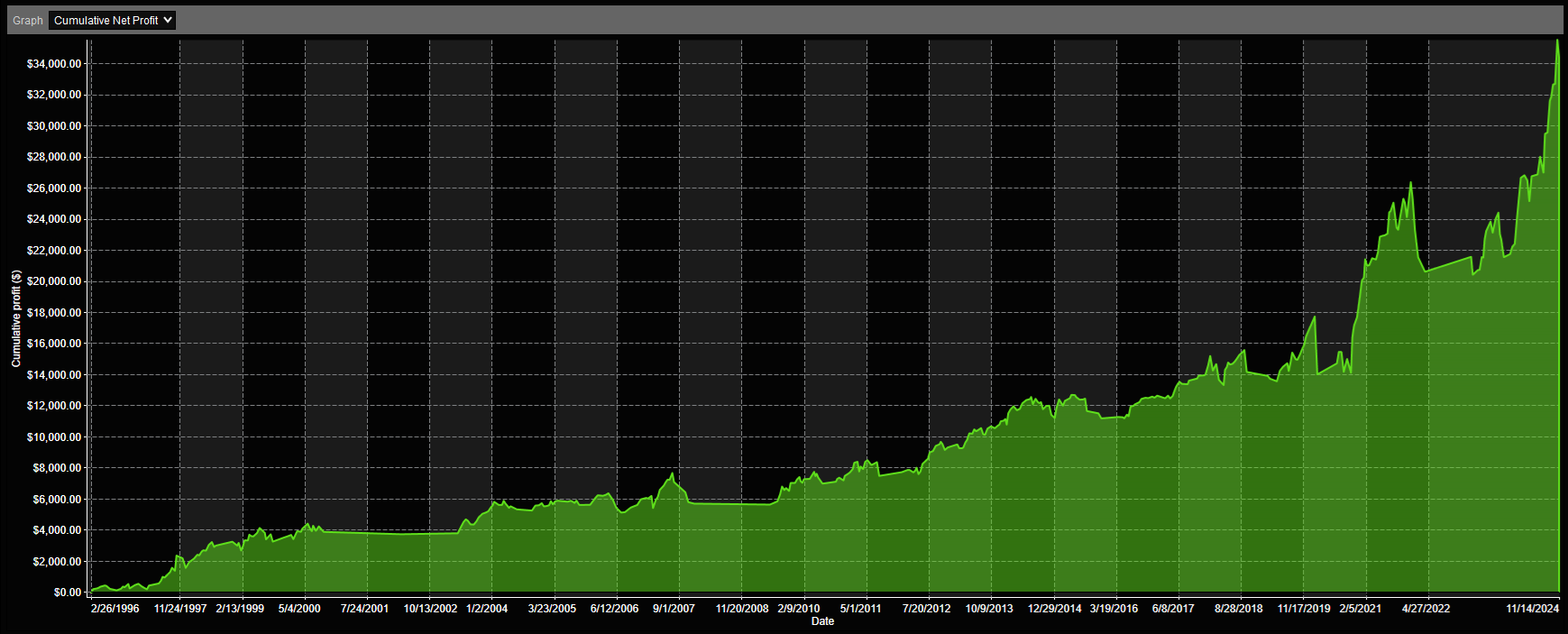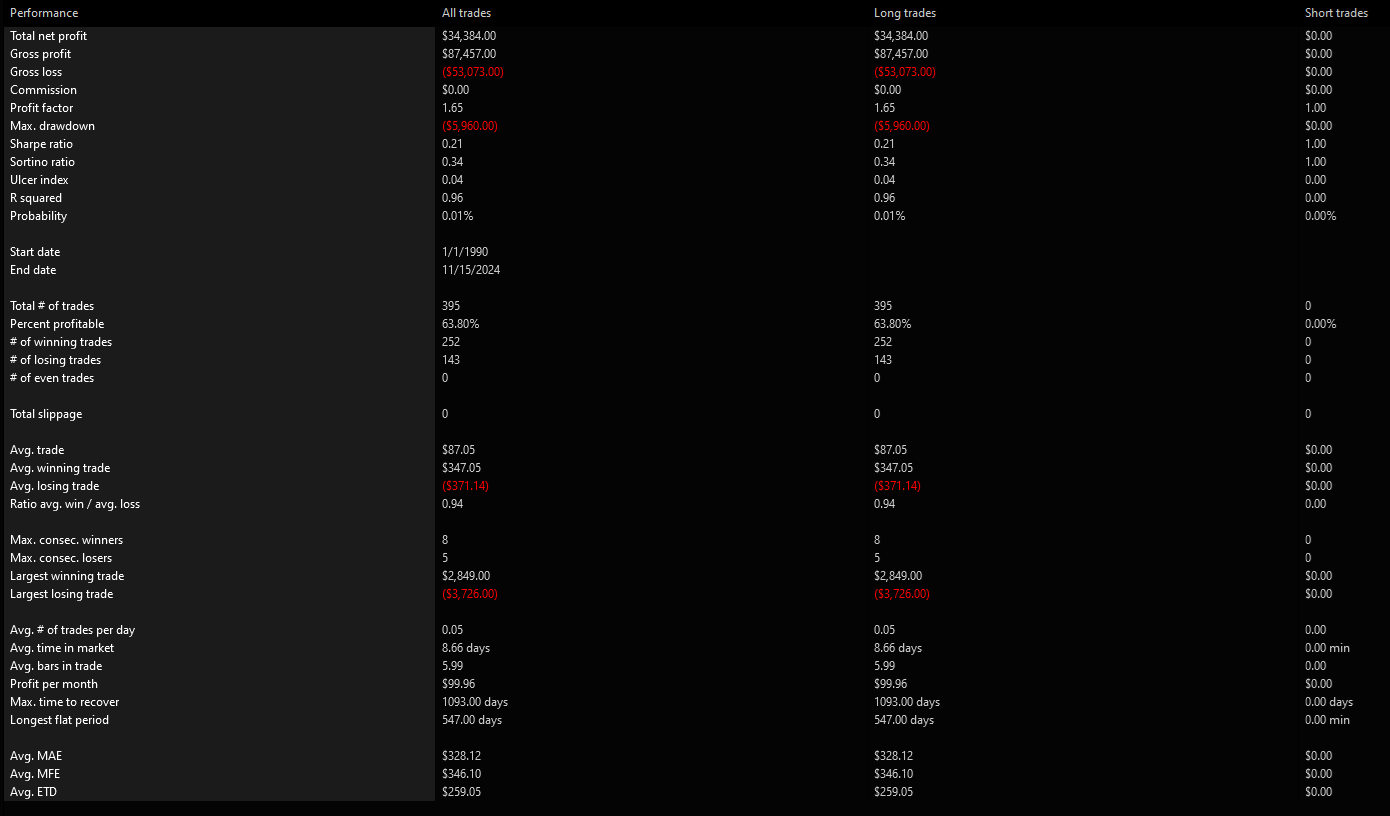# High Volume Days The idea for these strategies comes from chapter 6 (Volume) of [*How Markets Really Work*](https://moshferatu.dev/moshferatu/how-markets-really-work) (2012) by Larry Connors. As with most of the strategies from this book, they are meant to illustrate certain characteristics of the market rather than be traded directly. Unlike the book, where no significant difference was found between high volume up and down days, I have found down days to significantly outperform up days. Refer to the backtest results below. ## Rules ### High Volume Up Days 1. The asset (e.g., SPY) is above its 200-day moving average. 2. The volume closes at a 5-day high. 3. If the asset closes **higher** on the day, enter a long trade. 4. Exit the trade after 5 trading days (~1 week). ### High Volume Down Days 1. The asset (e.g., SPY) is above its 200-day moving average. 2. The volume closes at a 5-day high. 3. If the asset closes **lower** on the day, enter a long trade. 4. Exit the trade after 5 trading days (~1 week). ## Parameters **High Volume Period**: The period over which to determine the highest volume. (Default: 5) **Long-Term Trend Period**: The period of the long-term trend as measured using a simple moving average. (Default: 200) **Days to Exit**: The number of days to wait before exiting a trade. (Default: 5) ## Backtest Results ### SPY #### High Volume Up Days   #### High Volume Down Days   ---